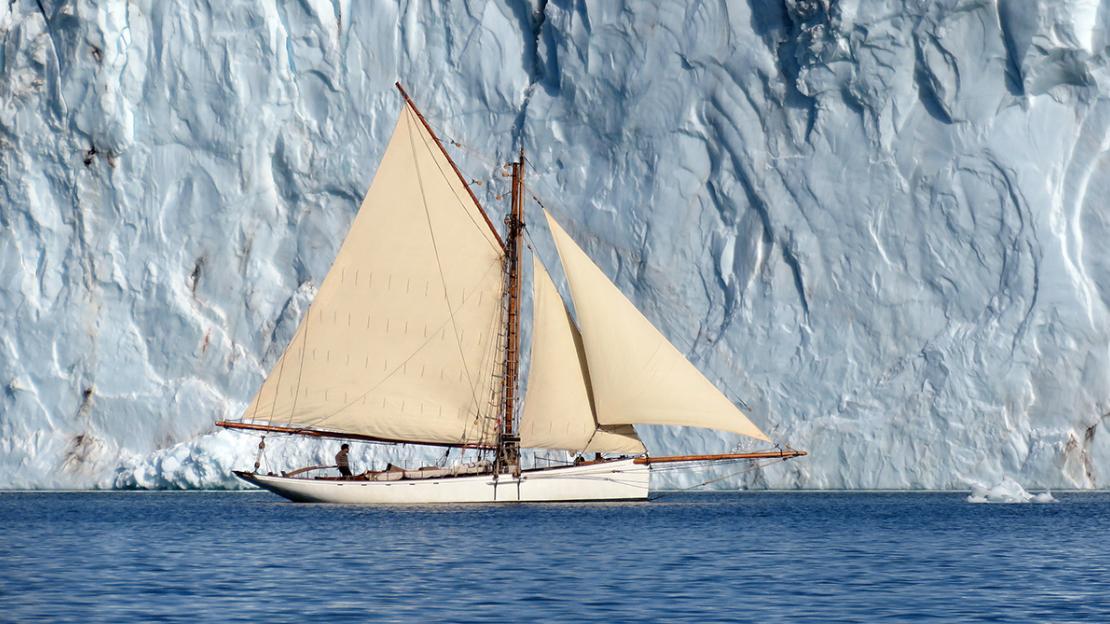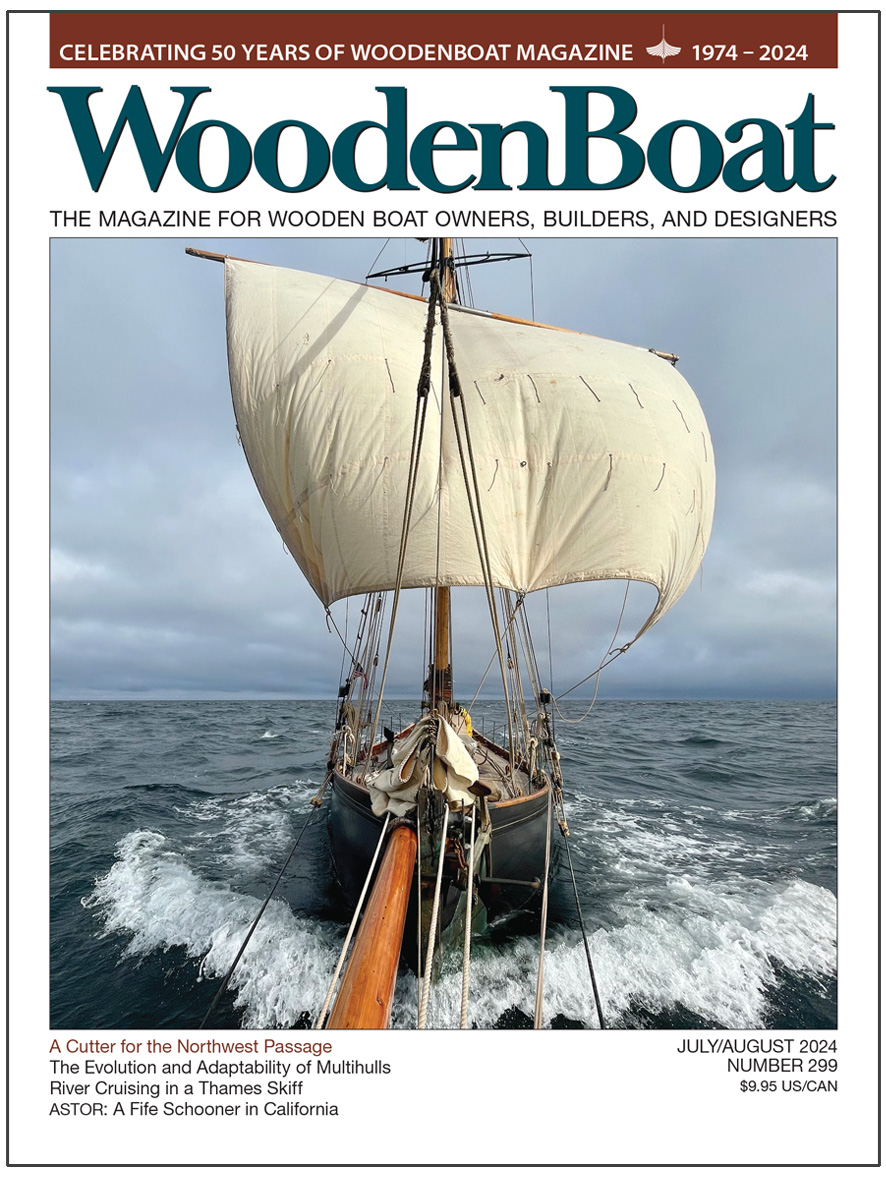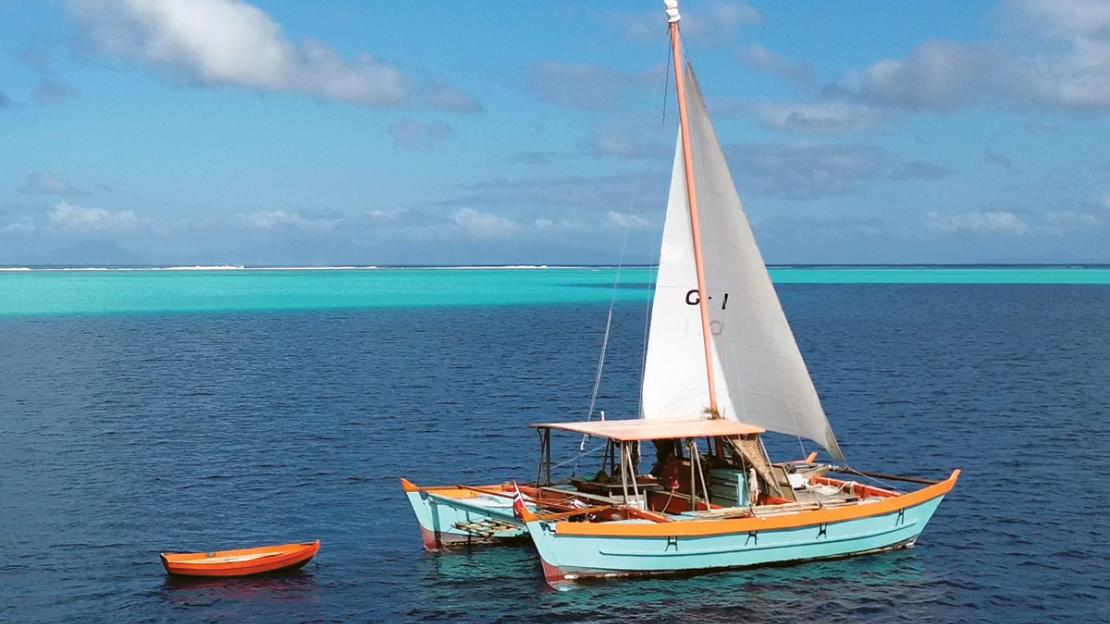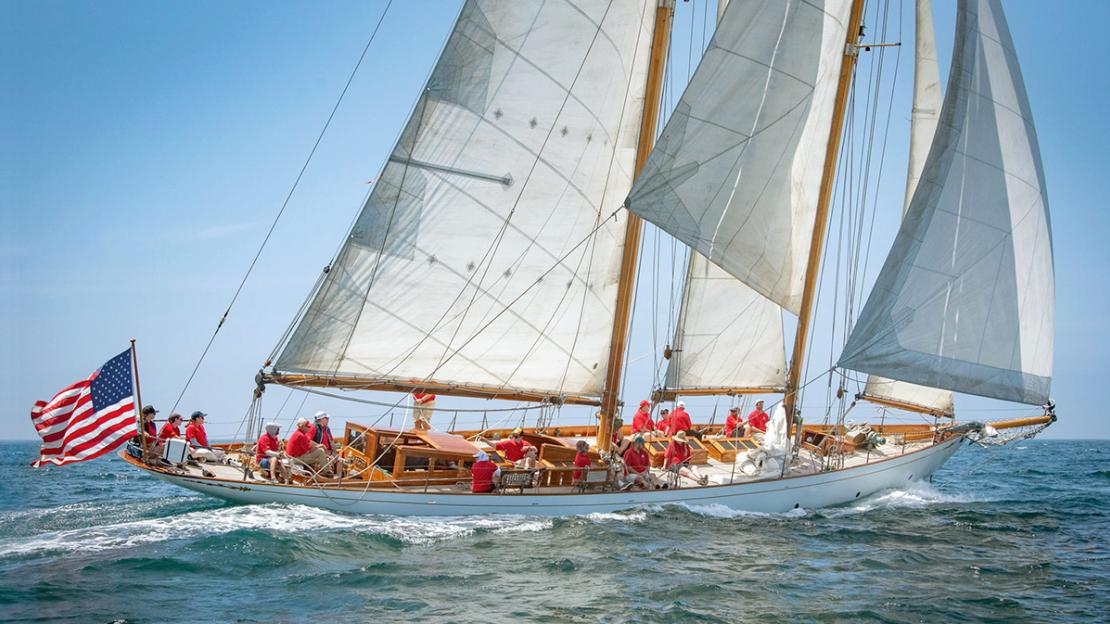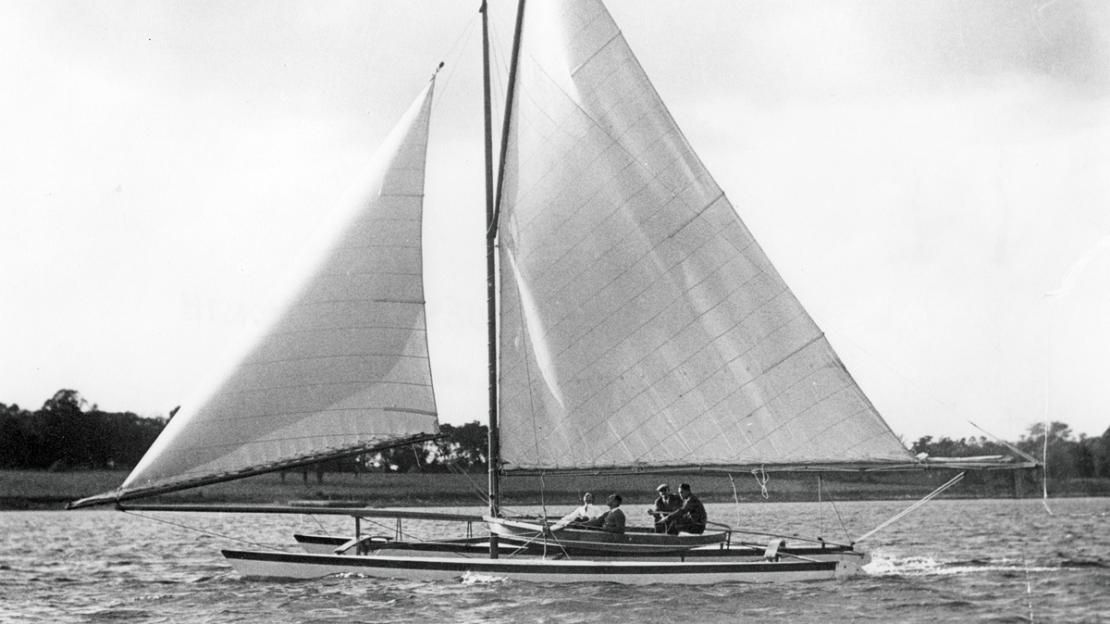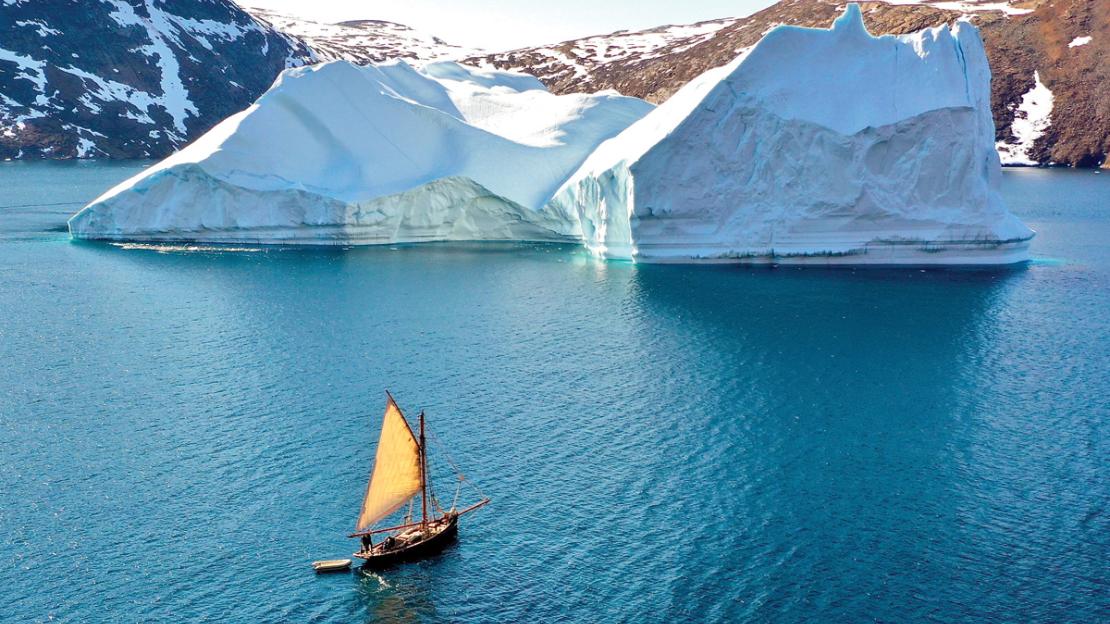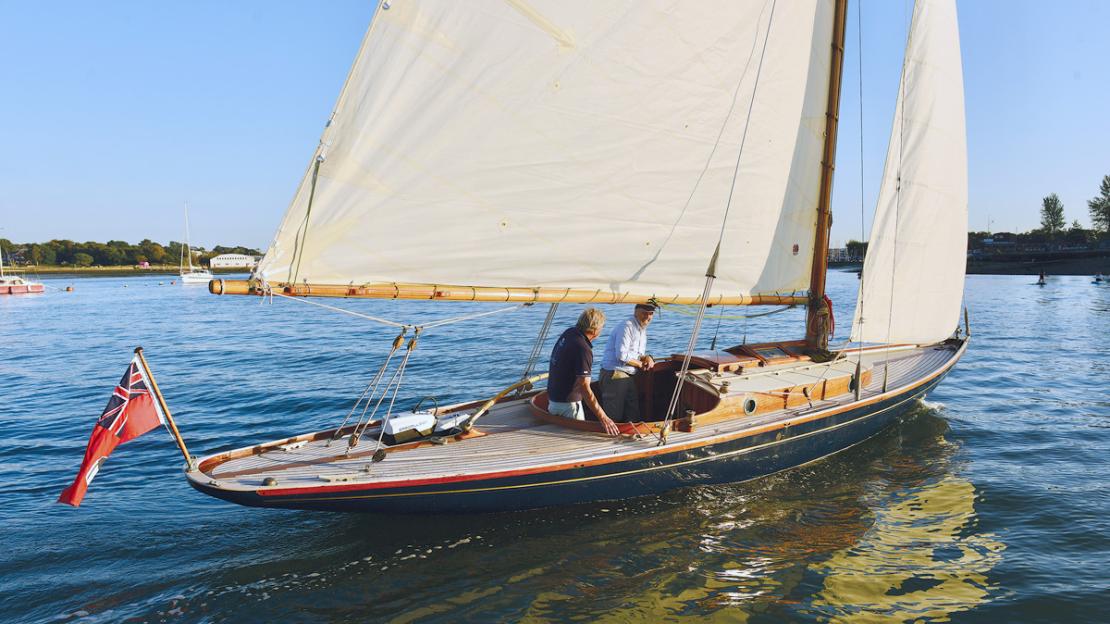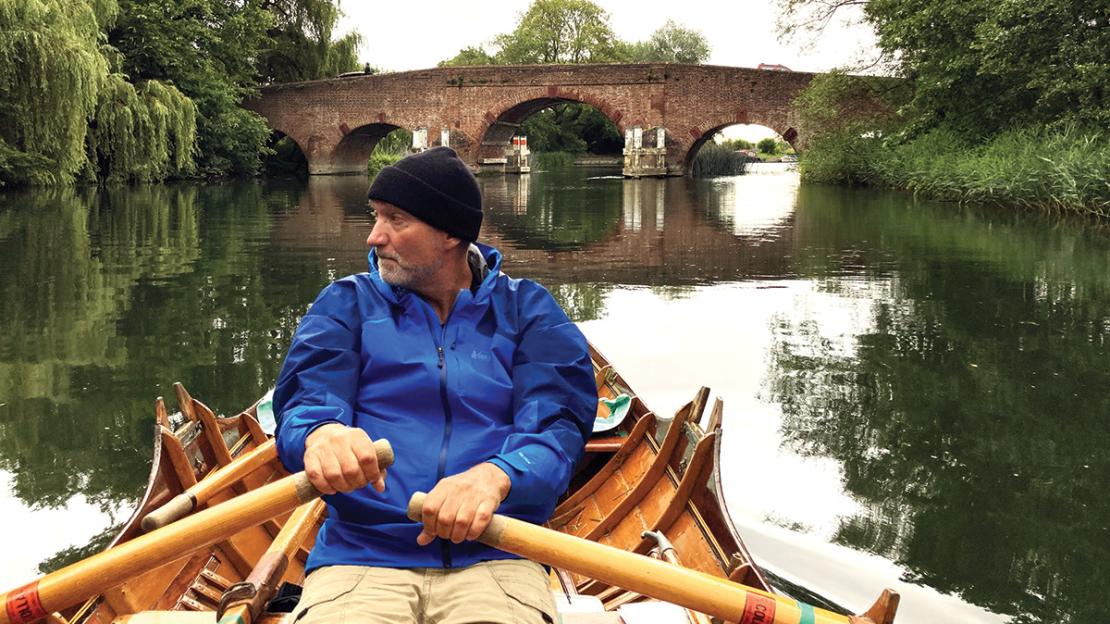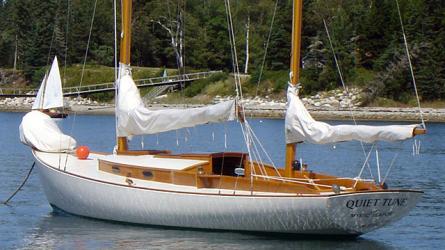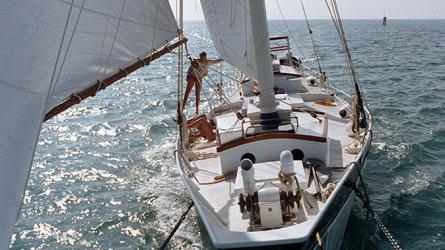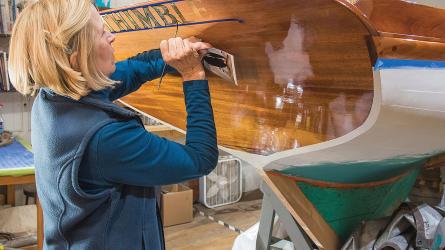Quintessential Voyaging Craft
When I think of multihulls, I tend to think of the tropics. That’s an impulse illuminated by Anne Nygren in her story about the catamaran BAREBARE beginning on page 24. Anne, her husband, and a crew of knowledgeable and stalwart friends came together over several dark Norwegian winters to build this James Wharram–designed multihull, load it into a shipping container, and send it off to Tahiti. There, they met and rigged the boat and cruised it for several seasons in a tropical paradise as a sort of waterborne timeshare. Brilliant.
At the other end of the build-and-voyage spectrum lies Will Stirling, who describes (page 60) the construction of the cutter INTEGRITY. In this vessel he sought a traditionally styled British cutter that would be beautiful, comfortable, and well balanced, one in which he could voyage through the Northwest Passage. That’s a tall order. The first successful transit of this fabled stretch of the Arctic across the top of the North American continent was in 1906, by the Norwegian explorer Roald Amundsen, in a stout but diminutive 60' cutter named GJØA. Will further notes that by 2000 only 90 vessels had made the passage, but by now 400 vessels have done so, “taking advantage of Arctic warming and reduced sea ice.” That’s still a relatively small number. One might reasonably assume that most of these vessels have been rugged, comfortable, and well balanced—the very image of a voyaging craft.
But then consider Steven Callahan’s roundup of more than a half century of multihull development paralleling the strides in wood-composite construction since the end of World War II (page 48). Steve notes that multihulls “were used to explore and settle the entire Pacific Basin beginning 5,000 years ago, reaching from the western Pacific to as far east as Easter Island 1,600 years ago. This makes them one of, if not the, quintessential voyaging craft.” But that’s the South Pacific. “What,” you might reasonably ask, “about the Northwest Passage?”
While pondering this, I recalled decades ago reading in National Geographic about two adventurers, Canadians named Jeff MacInnes and Mike Beedell, sailing a Hobie 18 catamaran through the Northwest Passage. Nothing says beach boat like a Hobie Cat, but the boat’s relative lightness allowed the duo to haul it onto ice floes and drag it across them. It allowed for easy, if not comfortable, camp cruising. The boat was simple and thus repairable. Was it the quintessential craft for the voyage? I suppose that depends on the experience one seeks. Consider Sébastien Roubinet, who crossed the Northwest Passage in 2007 in a custom 20' catamaran that had skis attached to the hull bottoms. He commenced this voyage in Alaska and sailed to Greenland, taking three months to complete the journey. A multihull, for his purpose, was indeed the quintessential voyaging craft.
I’m in awe of these exploits, and I prefer my beach sailing in the tropics or in the New England summer. INTEGRITY’s inviting woodstove, shown on page 62, to me represents quintessential comfort for an Arctic off-watch. BAREBARE, on the other hand, with her south Pacific heritage, shallow draft, open deck plan, and ability to be shipped halfway around the world in a container, is the ideal boat for her tropical adventures,

Editor of WoodenBoat Magazine
